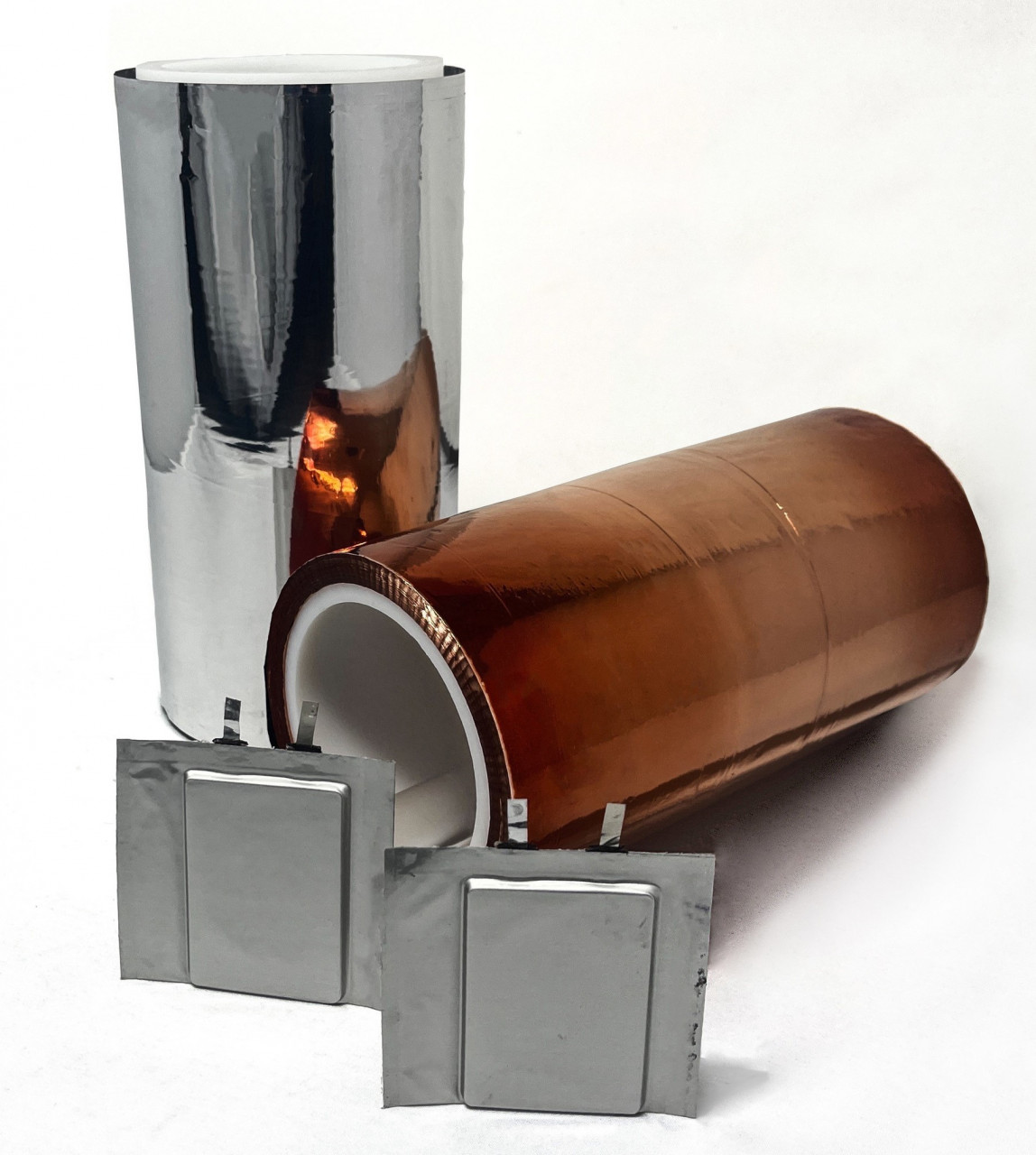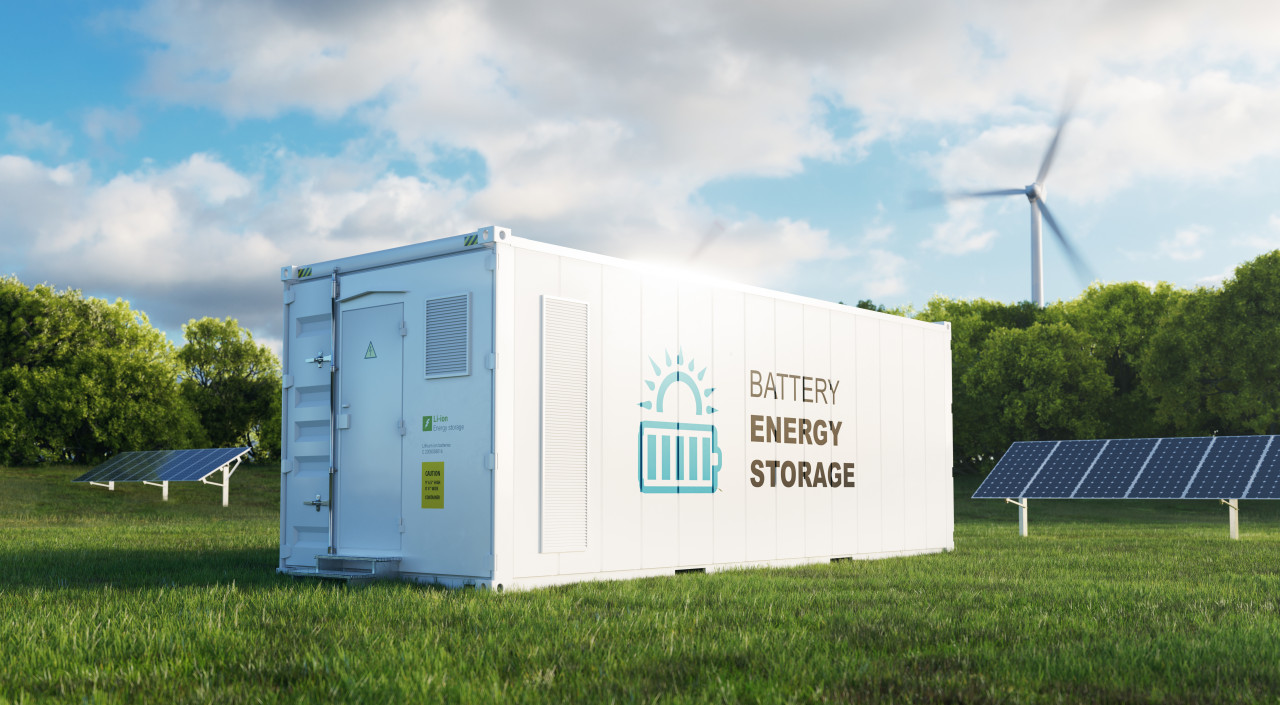Soteria Consortium builds LiBs with 26 percent higher energy density, >80 percent less Cu, AI
DuPont Electronics & Industrial, Steinerfilm, and Polaris Battery Labs have combined their capabilities to build batteries that have 26 percent higher energy density and use 80 percent less copper and aluminum than comparable batteries made with traditional materials.
The improved energy density will increase the range of electric vehicles, make electric aviation more feasible and improve portable electronics. More significantly, as electric vehicles grow more prevalent, this technology can reduce the dependence on scarce metals such as copper and aluminum that are needed for the other parts of the electric vehicles. With copper consumption in electric vehicles predicted to increase to 4 million tons annually by 2040, this could save millions of tons of copper.
The current collectors were made from thermally stable, high strength DuPont™ Kapton® polyimide film, metalized by Steinerfilm to have 500 nm of metal on each side. At 5 microns total thickness, they are the lightest, thinnest current collectors for lithium-ion batteries available, and use only 17 percent of the aluminum and copper used in normal batteries. Polaris Battery Labs combined these in a traditional format with an LCO cathode, graphite anode, and electrolyte to produce a battery with over 26 percent higher energy density than the batteries made side-by-side with traditional aluminum and copper foils.
This significant technical advancement required the expertise of all three companies. All three are members of the Soteria Battery Innovation Group consortium, which promotes industry collaboration for advanced battery and safety technology. The consortium now has over 110 members including NASA, Mercedes-Benz, Bosch, Motorola, Lenovo, DuPont, Applied Materials, and others. Consortium members do what they would naturally do to advance and protect their businesses using the Soteria technology and own the results. In this way, the expertise of over a hundred companies is combined toward the goal of making lithium-ion batteries inherently safe.
"DuPont is a global innovation leader with technology-based materials and solutions that help transform industries and everyday life. We work closely with customers, academia, and institutions providing solutions, products, and technical services to enable next-generation technologies. The collaboration with the Soteria BIG consortium enabled the team to take commercially available DuPont™ Kapton® film, to build a higher energy density lithium-ion battery with less metal consumption is another example of how DuPont technology helps advance the sustainability goal," said David Reichert, Global Business Development Leader for DuPont Electronics & Industrial.
"Soteria's mission is not to make the safest batteries, but rather to enable the entire industry to have the safest batteries possible. To accomplish this, Soteria connects companies with complementary skills and needs in projects that benefit everyone," said Maddy Cox, Soteria's Global Consortium Director.
Soteria's open-innovation consortium and licensing structure create a hub for the development of new technologies and a structure to make them broadly available to the battery industry. The materials enabled by this project will have a significant impact on the electric vehicle industry and also reduce the amount of metal that needs to be mined to support it, making the whole value chain more environmentally friendly.






















